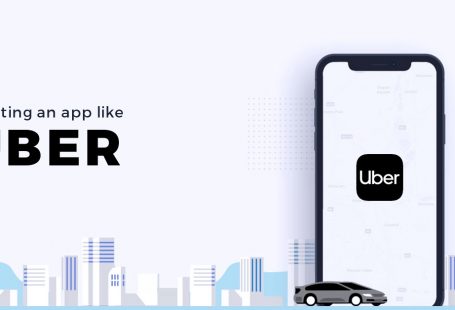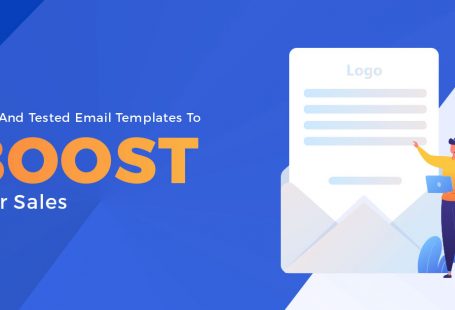It’s never an easy feeling to see a potential buyer hover on your website and not get converted.
But all is not lost, and there are certain hacks to win back the lost buyers. There are ways to remind them about the potential and relevance of your product, in their lives.
We can club such ways and call it “Retargeting”. The basic idea is to close a sale that didn’t happen and was missed by a whisker.
Let’s call spade a spade though. A bulk of users won’t convert on their first visit. This is the problem you need to address and you can’t brush it under the carpet.
Retargeting does spark a few debates, make no mistake about that. There are skeptics who see retargeting as an invasion into someone’s privacy. They see it as an agent of irritation.
Empirical data tells a different story. Retargeting has worked wonders for marketers in redirecting and converting potential buyers. Moreover, when compared to other forms of advertising, retargeting has a lesser burden on pockets.
So what needs to be done? How to do it smartly? There are some really cool Retargeting campaigns on social media. So there is no dearth of inspiration and knowledge for you.
We have cut down some of your efforts here, as we are sharing successful ways to achieve your goal and improve your CTR.
1. Retargeting Specific URL Visits:
Retargeting can seriously go wrong at times if you don’t understand the science behind it. So many marketers bear the burnt, because of this.
For instance, they simply run a campaign using Google Adwords or other tools, based on the website visits for the past 3 months.
It’s certainly not the smartest way to retarget. If you pursue every single visitor, then it shows that you aren’t sure about your marketing intent. This way, you will end up diluting your message.
Let’s understand this by an example. Suppose a visitor X came to your website, read a single blog post and bounced. Now let’s say visitor Y came to your site, read that same blog post, but then also filled out a lead-magnet form and even checked out your product and pricing page.
Now, what should your Retargeting Ad contain or offer?
For the visitor X, offering a Free Trial won’t make any sense whatsoever. Similarly, offering the Lead Magnet to visitor Y won’t be sensible, as he or she has already seen that page.
Simply speaking, you may mess up big time and wrongly target visitors, if you don’t streamline your campaign.
So what’s the solution? Target users on the basis on URLs they visit. It has worked wonders for marketers.
It can be done easily through Google AdWords and Facebook, and there is no rocket science to it. Though Facebook should be your first choice, as it is rather popular when it comes to running Retargeting Ads.
2. Retargeting Existing Customers
Some people might ask in wonderment “Why should we retarget existing customers?”
Actually, the reason is very simple. So many of your email subscribers become unresponsive with time and stop purchasing from you.
But why does that happen?
It is because of the customer churn. As new visitors join the bandwagon, the content is curated keeping them in mind. Therefore, existing or old customers don’t find any relevant content and they stop responding to emails.
To put this across differently, emails intending to upsell your product don’t even reach the targeted customer. Here’s a guide for writing follow-up emails.
So what to do? You must retarget such customers without giving it a second thought.
Let’s take an example.
Suppose you are a credit card company and you want to target an existing customer. Then you can create an ad like this:
Earn 20% extra points with the new ABC Credit Card. Terms and Conditions apply. Learn More
You are upselling your product by asking the customer to switch to another card.
3. Lead-Generation Ads
Website-based retargeting may fail at times, but no need to lose heart. You can create lead-generation ads using facebook and persuade your lost visitors.
Facebook has a powerful feature of ‘Lead Ads, that are form-based. They provide lead magnets to people in exchange for information like their email address. It’s like having a lead magnet such as ‘Ebook Download’, on your landing page. You can know more about Facebook marketing here.
But these are not your regular forms. They are very intuitive, visually appealing, and can be easily created.
Let’s take the example of a Lead Generation Ad.
Want to grow your business and get qualified leads using Facebook Ads? With 20,000 downloads so far, this ebook is all you need to learn about Facebook Ads. Download it now!!
When a visitor clicks on the ad, he or she is directly taken to a lead-generation form, without having to leave Facebook. This makes it even more effective, as no one likes to leave a website and switch to another when they don’t really intend to. Most likely they won’t convert if that’s the case.
Facebook is leisure for people, and they don’t want to hamper their seamless experience. This is the reason why lead ads have been successful so far. They don’t interrupt the user’s engagement with Facebook and yet improve the conversion rate.
Conclusion
You need to understand the psyche of first-time visitors.
Mostly they google something and land up on your page organically, but they don’t know you or your brand. They don’t know how your product or service can solve their problems.
You need to develop a certain readiness and trust in them, and that takes time. As mentioned at the start, don’t be surprised if the majority of the visitors simply bounce back.
The above-mentioned ways have been tried and tested. You can safely use them and drive home success. And we would suggest you use them ASAP.
The key is to streamline your retargeting campaigns and make them extremely focused. This is how you can achieve a healthy conversion rate.
Hope you found this write-up helpful in your Retargeting endeavors.



